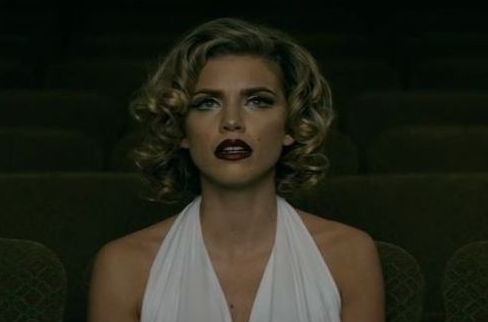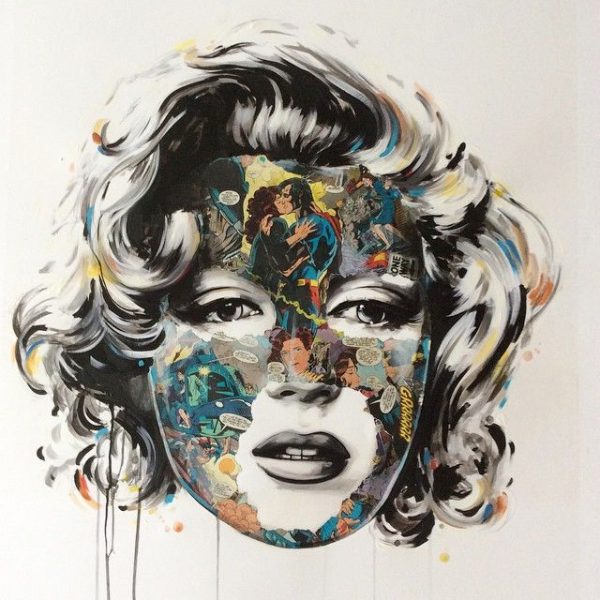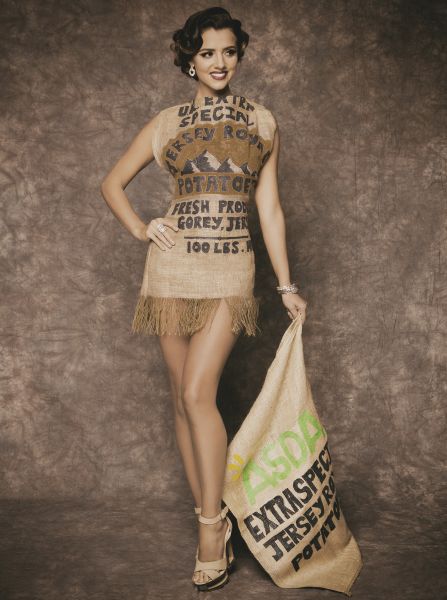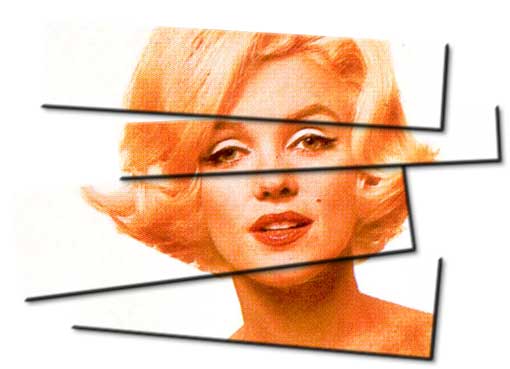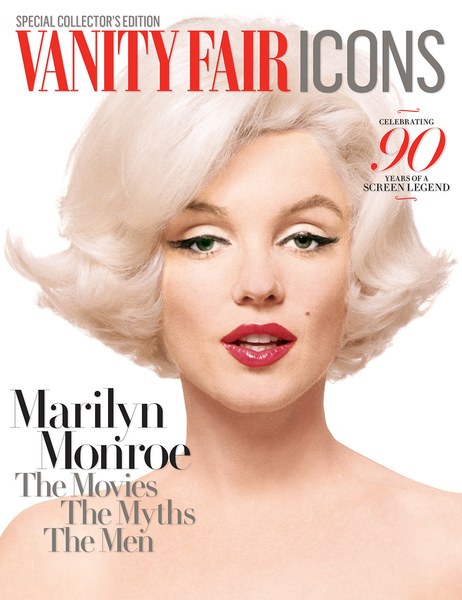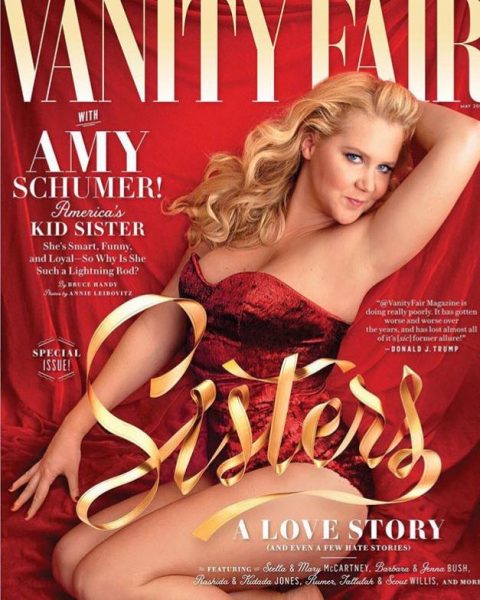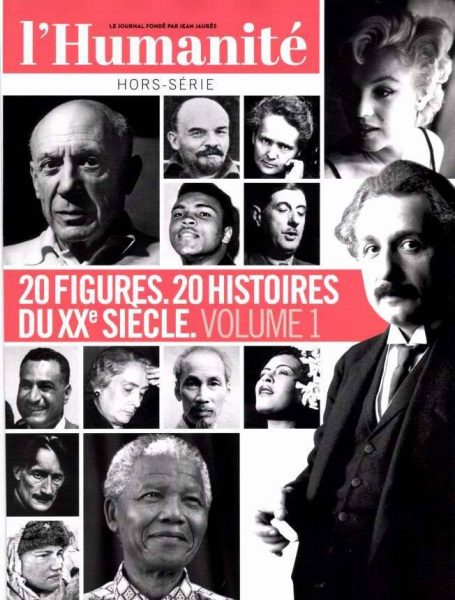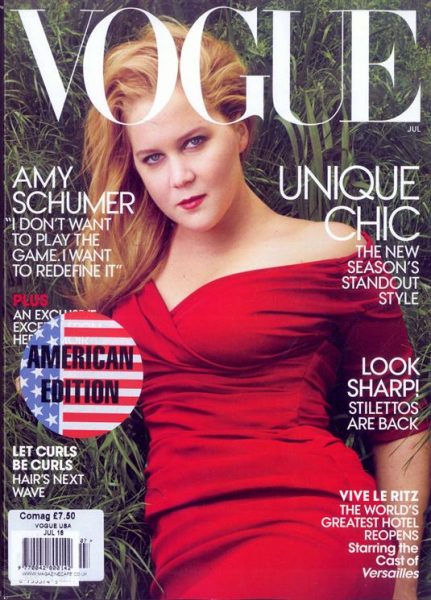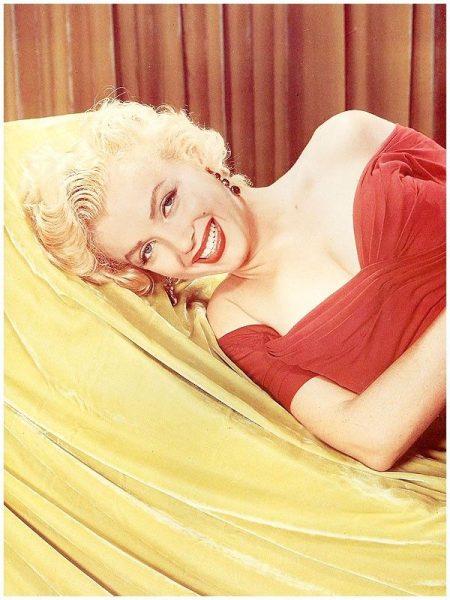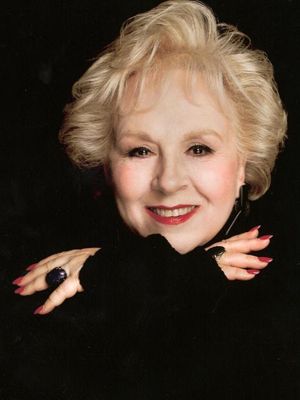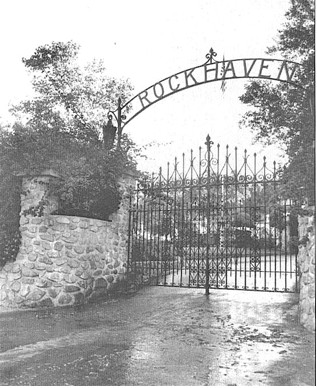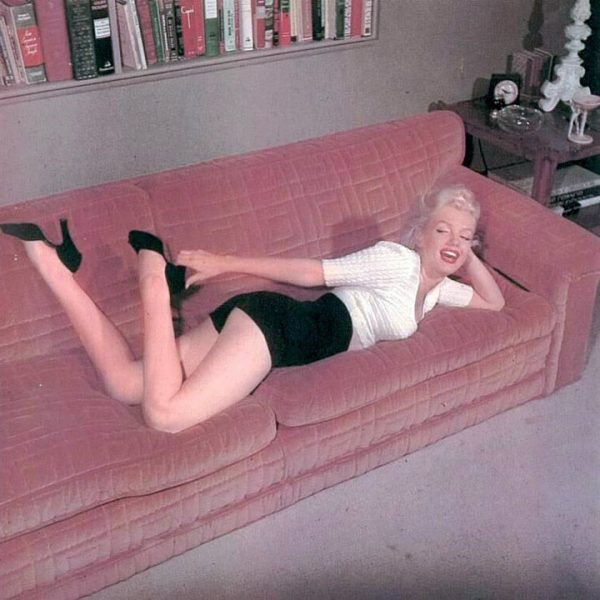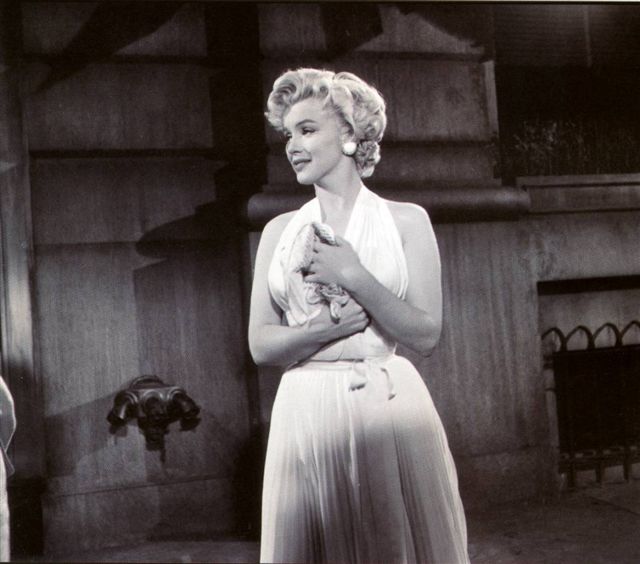
In an article for Woman’s Day magazine, tracing the history of Marilyn’s iconic white halter dress – designed by Travilla, and famously worn in The Seven Year Itch – Marlisse Cepeda reveals how Oscar-winning actress Meryl Streep helped track it down. (However, as Scott Fortner noted in 2011, that dress may have been a prototype rather than the one worn by Marilyn.)
“In June 2011, Debbie [Reynolds] put much of her collection up for auction, including the white cocktail dress. It was purchased for $5.52 million, the most money ever paid for a movie costume. The winning bid was made over the phone, and the dress is now part of a private collection—the mysterious owner has remained unidentified.
The last time the dress was seen in public was in October 2012, for the “Hollywood Costume” exhibition at the Victoria and Albert Museum in London. The last-minute addition was made possible by another actress, Meryl Streep.
The exhibition’s curator happened to tell Meryl that she was hoping to add Eliza Doolittle’s Ascot dress from My Fair Lady to the show. Meryl claimed she knew the dress’s current owner, and helped the curator track her down. But it turned out the woman didn’t have the Ascot number, but she did, in fact, own Marilyn’s iconic costume. She agreed to loan the gown to the exhibit, and just like that, it made its way to London, into the spotlight once again. “
